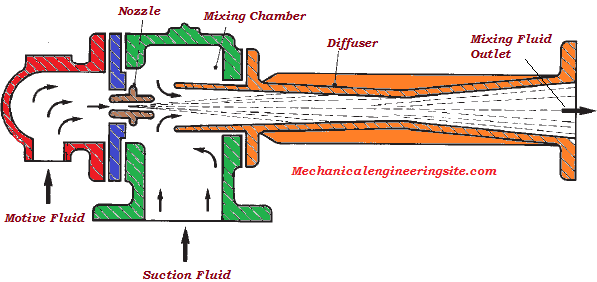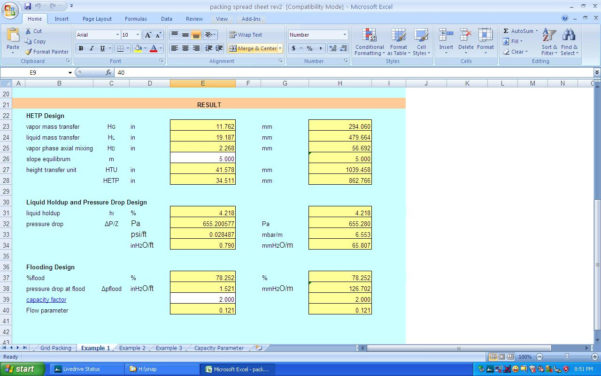
Using the original nozzle size, the draught went from 57mm water to 126mm, a huge improvement. To prove the sheet works, I built an ejector for my Romulus locomotive. Consistent with Porta's instructions, post method. The graphing function of the Lempor calc sheet makes it very easy to see the effect of changing the diffuser geometry to suit your own locomotive. In using it myself, I found that even though an initial set of numbers looked really good, when I actually drew the diffuser I had to go back and tweak the sheet inputs as the reality of heights and clearances made themselves felt. The user inputs are few and are readily understood things such as cylinder and wheel dimensions for the most part. This workbook was intended to be easy to use and I believe that it is thanks to Richards clear analytical thinking. _office 1 INTRODUCTION by Michael Guy Our intent has been to try to make L.D.Porta's important work on steam locomotive draughting more accessible to the average model engineer by removing the need to work complex mathematics to achieve a design. The ensuing cooperation between two live steam enthusiasts who have never met, resulted in this workbook. The decision to develop the spreadsheet into a more user was put in touch with me by a mutual friend, Russell Dunn.

The result was a primitive combination of hand and spreadsheet based calculations, which gave a solution to equation 9 of Porta's paper and provided chimney throat and nozzle sizes for the Lempor exhaust design on my (Richard Stuart's) Garratt project. However, a start had to be made somewhere, and I decided that with my background in fluid mechanics and experience as an oil and gas pipeline engineer, I ought to make the effort to interpret Porta's work.


Porta's 1974 paper (appendix 1 Ref 2) describing the theory of the Lempor ejector, and both of us had been intimidated by the complexity of the mathematics used. The benefits of the Lempor exhaust had been widely described in the printed and electronic media, and an excellent summary of the technology has been subsequently prepared by Michael on his web pages (appendix 1 Ref 1). Both of us decided independently to fit our locomotives with a Lempor exhaust. Michael Guy in Toronto, Canada, and myself in Perth, Western Australia, both decided to build large 7.25" gauge Garratt locomotives. INTRODUCTION by Richard Stuart This spreadsheet originated with two live steam locomotive projects, commenced without knowledge of each other, on opposite sides of the world.


 0 kommentar(er)
0 kommentar(er)
